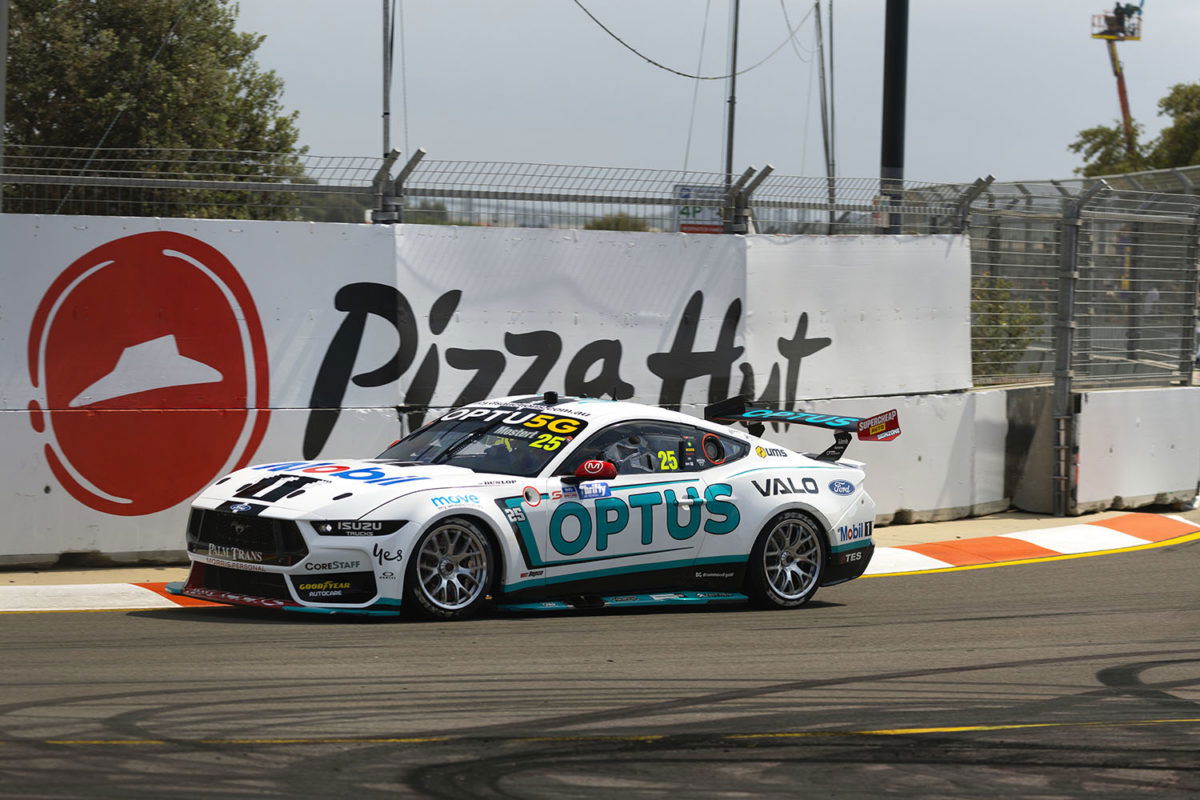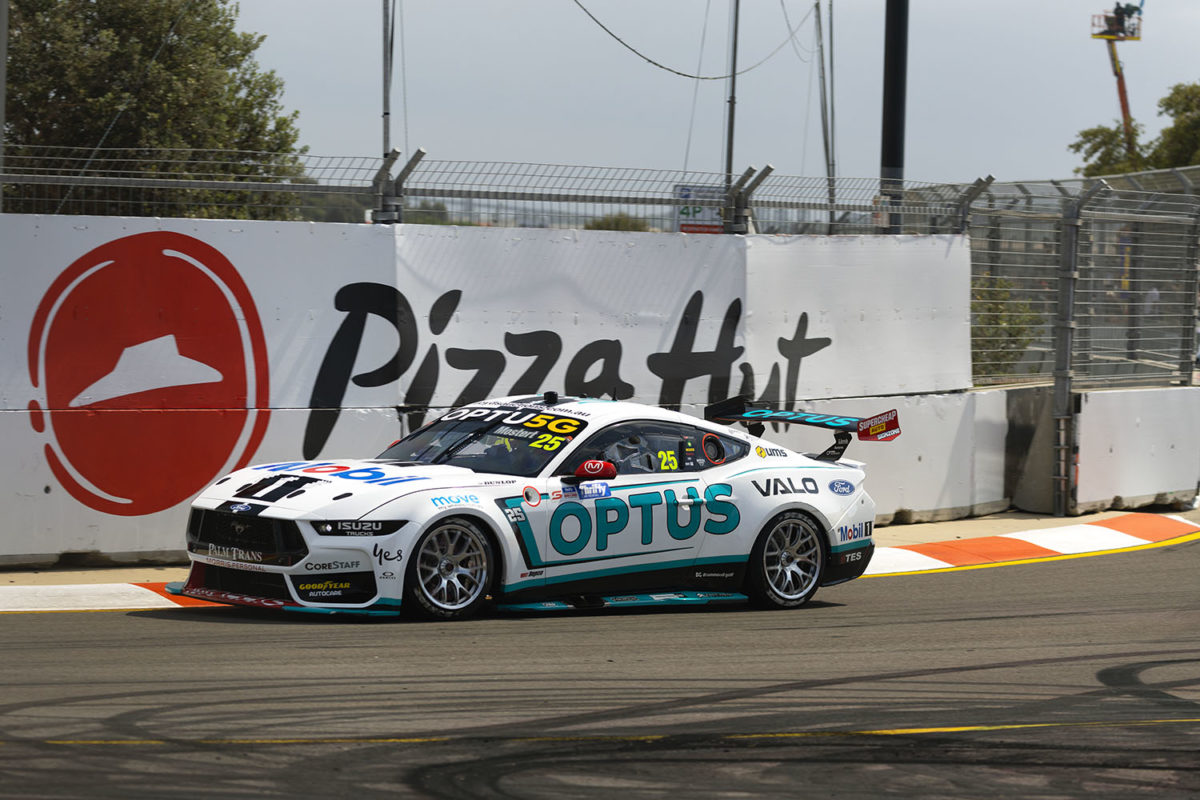

Supercars is looking into a new procedure to ensure engine parity for its Gen3 race cars, Speedcafe has learnt.
An apparent disparity between the Ford Mustang and Chevrolet Camaro has emerged in the first three events of the Gen3 era, with the latter being first to the chequered flag in all nine races thus far.
With aerodynamics seemingly settled, and a centre of gravity adjustment for the Camaro ahead of the most recent event of the season, at Wanneroo Raceway, engines came into focus again during the trip to Western Australia.
Speedcafe now understands that the category is looking into the use of a transient dynamometer in Victoria.
During development, both Gen3 engines were sent to the United States in August 2022 for what the category referred to as “durability testing” and “programmed simulations on advanced dynos,” with hundreds of hours of work undertaken on a transient dynamometer.
Supercars insiders have told Speedcafe that the category is currently collaborating with a third party in Australia, with a dynamometer in Melbourne to be inspected in coming days, that could possibly be used for further testing of both Gen3 engines.
That would allow for back-to-back testing of the Ford and Chevrolet units, in order to give a more thorough picture of how they compare on key performance metrics.
According to sources from within the Supercars paddock, the dynamometer testing which currently takes place does not fully capture the differing power delivery traits of the two Gen3 powerplants.
With Gen3 being a highly controlled ruleset by design, engines are far and away the most significant difference between the Mustangs and Camaros which grace the race track.
However, the engines which power the Ford and General Motors vehicles are now significantly different from each other.
Previously, the rulebook stipulated V8s of up to 5.0-litre capacity, with the Fords and Holdens which collectively made up most/all of the field both powered by pushrods.
Under Gen3, the Mustang is powered by a 5.4-litre quad cam engine, whereas the Camaro features a 5.7-litre pushrod.
Both engines are said to be a match on Supercars’ engine parity metrics of AEP (‘Accumulated Engine Power’) and EPWA (‘Engine Power Weighted Average’).
However, members of the Ford camp claim that they have an acceleration deficit, with the Camaro – which has been given a shift cut lag as an interim parity measure – said to be stronger in fourth, fifth, and sixth gears.
2022 Repco Supercars Championship runner-up Cameron Waters quipped in Perth that he was racing his Mustang in “Class B” while his Team Principal at Tickford Racing, Tim Edwards, told Speedcafe that only an objective assessment of the data could help confirm if indeed an engine disparity exists.
Speedcafe sources argue that transient dynamometer testing is necessary in order to achieve engine parity, and that it should be a routine part of the category’s procedures.
It is thought that the Melbourne-based dynamometer which is the subject of the aforementioned fact-finding mission is the only one of its type in Australia, but was not used for Gen3 last year.
The logical inference is that it was not fit for purpose at the time for whatever reason(s) and, presumably, the talks now will be about how to try and make it fit for future Supercars applications.
The 2023 season continues next week with the Ned Whisky Tasmania SuperSprint at Symmons Plains, from May 19-21.




















Discussion about this post